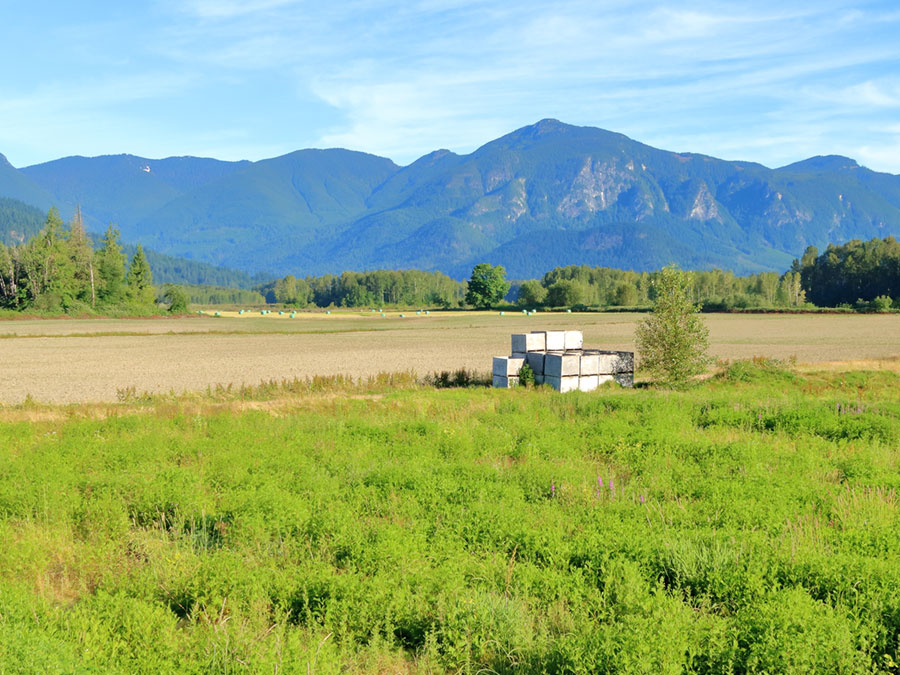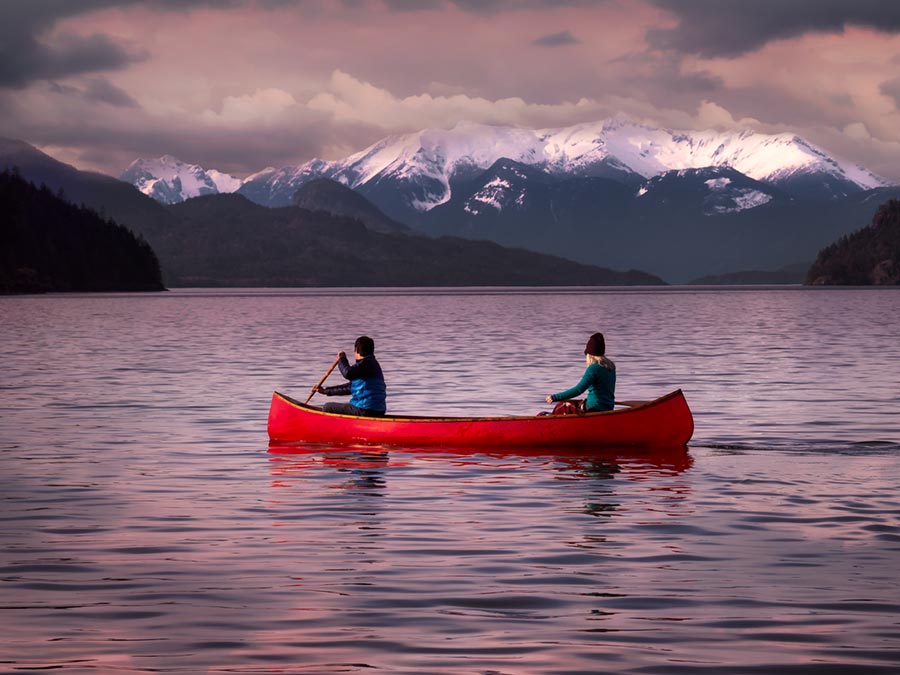Impacts of Invasive Plants
Effects on Biodiversity, Economy and more
Invasive plants have widespread negative impacts across multiple sectors, influencing social, recreational, environmental, and economic aspects of society. The impacts of invasive plants are multifaceted, interconnected and far-reaching. Effective prevention, early detection, and management strategies are essential to minimize these adverse effects and protect the biodiversity of ecosystems as well as human communities.
Education about the impacts of invasive plants is the key to preventing their introduction and spread.
Environmental Impacts
Invasive plants threaten biodiversity, ecosystem functions, and the stability of natural habitats:
Biodiversity Loss
Invasive plants out-compete native flora for resources like sunlight, water, and soil nutrients, leading to declines or extinctions of native plant and animal species.
Habitat Degradation
Key habitats, including wetlands and riparian zones, are often altered by invasive plants such as Knotweed species, affecting species that rely on these ecosystems.
Soil & Water Impact
Certain invasive plants, such as Himalayan balsam (aka Policeman’s helmet, Impatiens glandulifera) alter soil composition and hydrological cycles, affecting overall ecosystem health.
Fire Risk
Some invasive species, like Gorse (Ulex europaeus), may increase fire frequency and intensity, contributing to a feedback loop of habitat destruction.
Certain invasive plants, such as Himalayan balsam alter soil composition and hydrological cycles, affecting overall ecosystem health.
Social Impacts
Invasive plants may disrupt community well-being and quality of life.
Health Hazards
Certain invasive plants, like giant hogweed (Heracleum mantegazzianum), produce toxic sap that can cause severe burns or rashes in humans. Others trigger allergies or respiratory issues.
Loss of Cultural Heritage
Many traditional Indigenous practices, such as harvesting native plants for food or medicine, are hindered when invasive plants dominate native ecosystems.
Aesthetic Degradation
Dense invasive growth reduces the scenic beauty of natural landscapes, parks, and public spaces, affecting their social value.
Recreational Impacts
Invasive species interfere with outdoor activities, reducing recreational opportunities.
Restricted Access
Dense plant growth can block trails, waterways, and beaches, limiting activities like hiking, boating, swimming, and fishing.
Hazardous Conditions
Thorns, toxic sap, or fast-spreading plants like Cypress spurge (Euphorbia cyparissias) can make areas dangerous or unusable.
Wildllife Displacement
Many recreational areas rely on thriving native ecosystems to support activities such as birdwatching and wildlife observation. Invasive species disrupt these ecosystems, reducing wildlife presence.
Economic Impacts
The economic burden of invasive plants includes direct and indirect costs.
Agricultural Losses
Invasive weeds reduce crop yields by competing for nutrients, water, and light. Species like Canada thistle (Cirsium arvense) lower productivity and increase the cost of weed control.
Infrastructure Damage
Overgrowth along roadsides, power lines, and drainage systems leads to higher maintenance costs.
Forest and Rangeland Management
Invasive species degrade grazing lands and forest resources, requiring costly management which may include chemical, mechanical, cultural (e.g. burning) and biological controls.
Tourism Impacts
Scenic Degradation
Reduced recreational opportunities and scenic degradation lead to diminished revenue for local economies reliant on nature-based tourism.
Cost of Control and Eradication
Long-term management of invasive plants can require significant investments by governments, conservation organizations, and landowners.
See something you don’t recognize or have concerns about? There are a number of ways you can let us know what you observed and also find information about what you see. Your reporting helps us to know what’s out there and where it is located.



